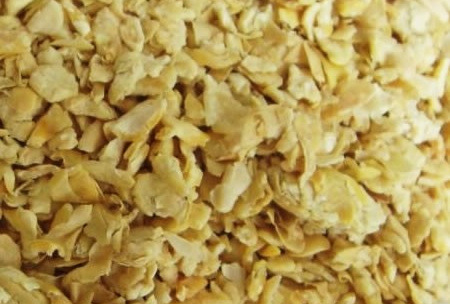
Lays the foundation for monthly fluctuations
Judging from the monthly rise and fall of US soybeans and soybean meal in the past decade, soybean meal is highly linked to US soybeans. Except for January, February, March, April, and other three-month futures prices are basically easy to rise and hard to fall. Compared with the historical increase and decrease of South American soybeans, the sum of the rising probability of South American soybeans in the critical growth period from February to February is 3.5%, which is greater than the -3.9% of American soybeans from July to September; The total number of rises from February to April was 31, which is still greater than the 26 times from July to September. The reason is that Brazil and Argentina are prone to resonance in weather speculation. In addition, both belong to developing countries, and the domestic infrastructure and logistics are far from comparable to the United States. Once there are strikes and logistics factors, they indirectly support prices.
Domestic inventory is expected to rebound in the first quarter
As of the beginning of 2017, China's soybean meal inventory was 647,500 tons, a decrease of 12% compared with 764,500 tons in the same period last year. In the past four years, due to the annual stimulus of annual pig consumption, the fourth quarter is the peak period for soybean meal stocks. Spot stocks are generally stronger than futures, so the stock of soybean meal in China in the fourth quarter is basically the lowest in the year. In the fourth quarter of 2016, the oil plant operating rate remained at 1.7-1.8 million tons, but due to factors such as logistics and exchange rates, the spot price of soybean meal remained stable. Once the stocking is completed after the year, the rigid demand for pork declines, and soybean meal stocks naturally begin to bottom out.
The annual basis of soybean meal is the largest in the fourth quarter and the first quarter of each year. The firmness of the spot stock is undoubtedly supporting the futures price. The expectation of high yields in 2016 has not really dissipated, so the short selling pressure on the futures market is still heavy so that there is always a 200-300 point spread.
Compared with the price difference between the May and September contract of soybean meal in the past ten years, in addition to the obvious slow increase in the price difference between 2009 and 2013 in the first quarter, the probability of sideways volatility in the remaining years is greater. The common feature of these two years is that after the drought of the US soybeans in 2008 and 2012, the global soybean stocks were low in the second year after the production was reduced, so the pattern of soaring in soybean meal in recent months was obvious.
In the past ten years from January to April, the price difference of soybean meal in May-September except for 2011, 2012 and 2015 has a larger decline (of which the largest decline in 2015), the rest of the year is basically the main increase, the overall increase The average probability of falling is 312.63%. It can be seen that the spread between May and September is long at the beginning of the first quarter, and profit is a high probability event.
All in all, at present, the spread of soybean meal 1705 and 1709 contract is oscillating around -20-0. At this time, it is basically in a flat state. You can choose to make 1705 contract short and sell 1709 contract at the same time. Near -30%, the price difference rebounds to above 50 points and can be increased to 50%, rebounding to 100 points can moderately reduce the position, enter the market when there is a low, and can moderately leave the market near 200 points.


.jpeg)


